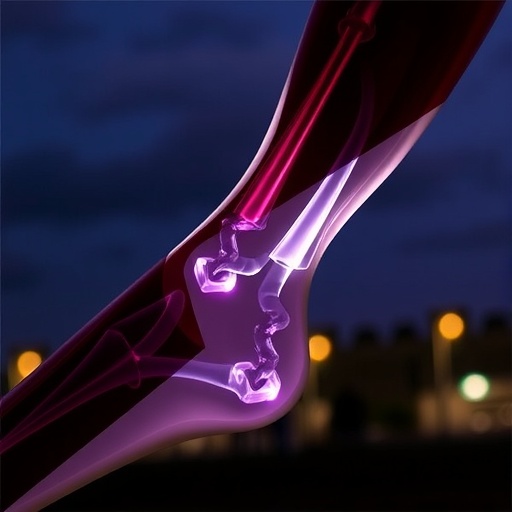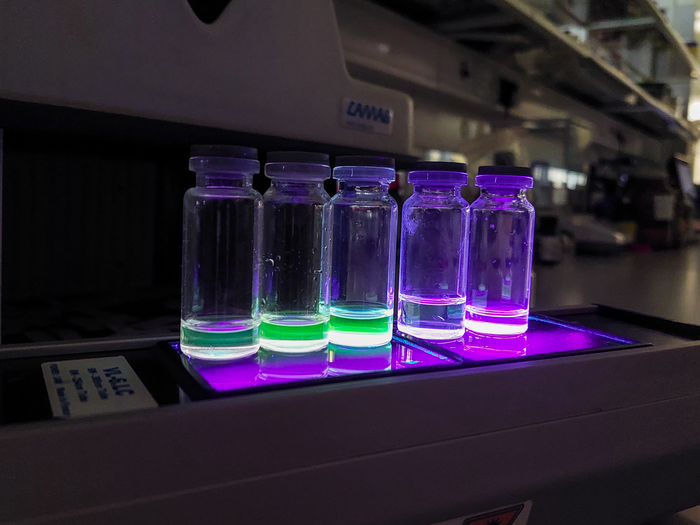
Credit: Dr. Zhenzhen Wang, University of Macau
Osteoporosis is a leading global health challenge. Besides its own adverse effects, it also impairs the function of bone implants – normally made of a metal called titanium (Ti). Because there is less bone than normal in the implantation site, the implants could easily loosen, and persistent inflammation often accompanies.
Recently, Chinese scientists from the University of Macau and Nanjing University, in collaboration with National Dental Centre Singapore, invent a bioactive coating that can be chemically linked onto normal Ti surface. This coating, made from a chemically-modified glycan (a string of sugars), can sequentially turn on and off inflammation on bone implants. When applied under osteoporotic conditions, it first turns on “good inflammation” by instructing host macrophages to release the molecules that can activate bone cells and promote healing; when the bone cells grow and function to an extent, they naturally secrete an enzyme, called alkaline phosphatase, to cut the chemically-modified glycan from the Ti surface. This “sugar-coated bullets” can specifically kill macrophages to turn off “bad inflammation” for better healing and higher safety.
The lead contact and corresponding author of this paper, Prof Chunming Wang at the University of Macau, said: “Interestingly, these macrophages to be killed in the latter part of this healing process, are exactly the guys who have made the major contribution to release pro-bone forming cytokines in the earlier stage. So, we described this design as a ‘bridge-burning’ strategy.” He indicates that this coating’s main advantage is to maximize the power of the limited number of bone cells around the implants under osteoporosis.
The co-corresponding author, Prof Lei Dong at Nanjing University, added that under these pathological conditions it is unrealistic to sharply increase the number or stimulate the function of bone cells around the implants to achieve better bone-implant integration. “Our method harnesses the inherent power of immune responses to enhance implanting efficacy, without using complicated methods that might bring about safety issues. ”
Based on this coating’s favourable performance in a rat osteoporosis model, both investigators anticipate next-stage research to be carried out in larger animals. This study was published on 10 Feb 2021 in Advanced Functional Materials, a premier journal in materials science, and selected to feature on the Front Cover of the issue.
###
Media Contact
Chunming Wang
[email protected]
Related Journal Article
http://dx.






